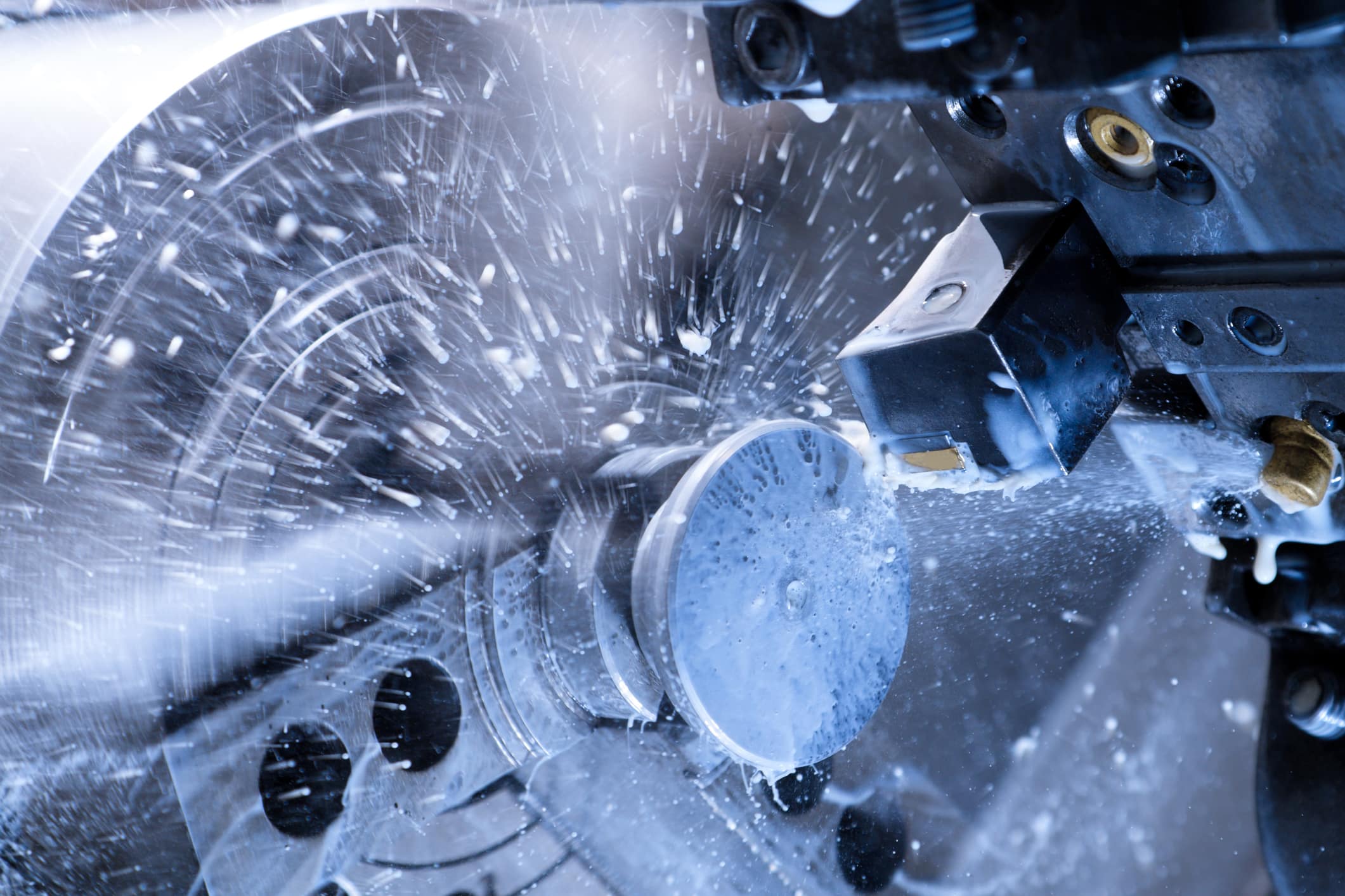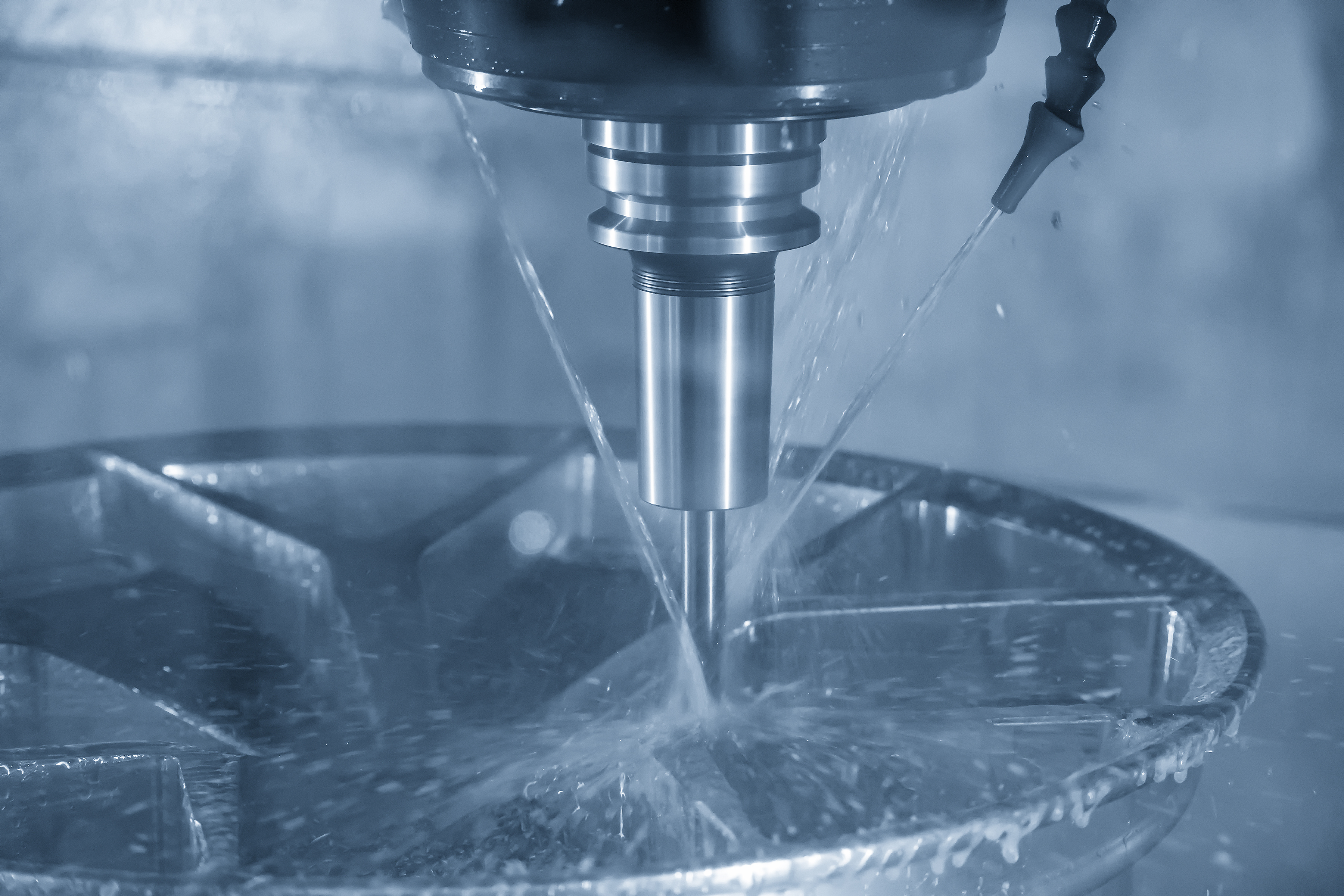With the growing demand for electric vehicles and smaller, faster electronic devices, the lithium ion (Li-ion) battery industry is constantly evolving. The need for safer, lighter, and longer-lasting batteries is more pertinent than ever before, and those involved in the manufacturing and formulation of Li-ion components continue to develop innovative solutions that satisfy industry requirements. Halocarbon Electronic Solutions (HES) offers a broad range of ready-to-formulate additives and co-solvents designed to improve safety and performance and facilitate battery innovation. Below, we’ve compiled the current trends and demands responsible for driving the emerging breakthroughs in the Li-ion battery industry.
Increased performance demands for Li-ion batteries
As Li-ion batteries arrive as the standard power source for electric vehicles, consumer devices, and several other industries, the need for longer-lasting, higher-performing materials continues to rise. Performance of this magnitude necessitates higher voltages, increased stability, and improved capacity retention, which requires more robust cell components in the electrolyte, separator, and SEI layer formulation.
Due to the inherent stability of the C-F bond, fluorinated materials are ideal for use in high-voltage environments with significant redox potential. Through years of experience and work with leading battery manufacturers, HES has formulated an array of fluorochemical additives to provide increased stability in the electrolyte, exceptional wettability of the separator for enhanced ion transport, and improved SEI layers for superior protection of the anode. By improving these three critical areas of the cell, HES helps Li-ion battery designers meet the challenging performance demands of today’s markets.
Higher energy density requirements for Li-ion batteries
Consumers are driving the demand for miniaturization of components, as they seek smaller, sleeker, more efficient devices with incremental improvements. Accordingly, today’s Li-ion batteries must produce higher voltages in smaller spaces. To keep up with these trends without sacrificing performance and design requirements in applications such as consumer electronics, electric vehicles, aerospace, and others, Li-ion battery manufacturers must increase energy density through the use of more effective materials, specifically in the electrolyte.
Traditional electrolyte materials are susceptible to breakdown at high voltages, which causes increased resistance during ion transport and an overall decreased capacity retention. The most advanced battery technology introduces fluorinated materials with significantly higher stabilities that facilitate improved capacitance. HES leverages the beneficial physical properties of fluorocarbons to improve efficiency within the increasingly smaller battery cells and improve energy density.
Protecting Critical Cell Components and Features, Even at High Temperatures and Voltages
Increasingly improved performance and higher energy densities in Li-ion batteries challenge safety standards during both manufacturing and operation. While making technological strides and advancements is important, it is also integral to use safe materials wherever possible.
Through increased stability and the formulation of high-quality SEI layers, HES fluorinated additives and co-solvents insulate and protect the anode to limit degradation and mitigate risks at higher voltages. The addition of fluorinated materials to Li-ion battery solutions also significantly reduces the flammability of electrolyte components, which results in safer processing performance.
Halocarbon Electronic Solutions is committed to providing a broad range of ready-to-formulate additives and co-solvents for safer, lighter, smaller, and longer-lasting batteries. Our engineers formulate fluorinated materials for Li-ion batteries that are more accessible and commercially viable. Looking to learn more? Contact our sales manager for more information on our fluoroproducts.






Leave a Reply